Our understanding of sustainability
Sustainable development is one of the most important and meaningful tasks of our time that we have set for ourselves in a long time. In order to satisfy the needs of the current generation without creating disadvantages for future generations, we must act sustainably. In this, sustainability is much more than just the consideration of environmental aspects. The holistic consideration of the economical, ecological and social aspects in equal measure is important for a common, sustainable future.
It's all about correct disposal
The disposal of a product doesn't mean the end of it. For us, disposal is the start of something new. If we are to make something new from something old, this means that it must be disposed of correctly so it can be recycled. This is why correct sorting of waste is extremely important. With our sorting instructions that you will find on our product packages, among other places, we want to help you toward correct waste disposal. We would also like to give you some tips here Waste sorting.
Circular economy and product design
Existing materials and products should be used as long as possible, shared, reused, repaired, refurbished or recycled. This extends the so-called life cycle of the products and materials. We call this a circular economy. The goal is to reduced waste to a minimum and reuse resources in the cycle to enable continual value creation. The opposite of the circular economy is the disposal economy, which we call a “one-way street model”.
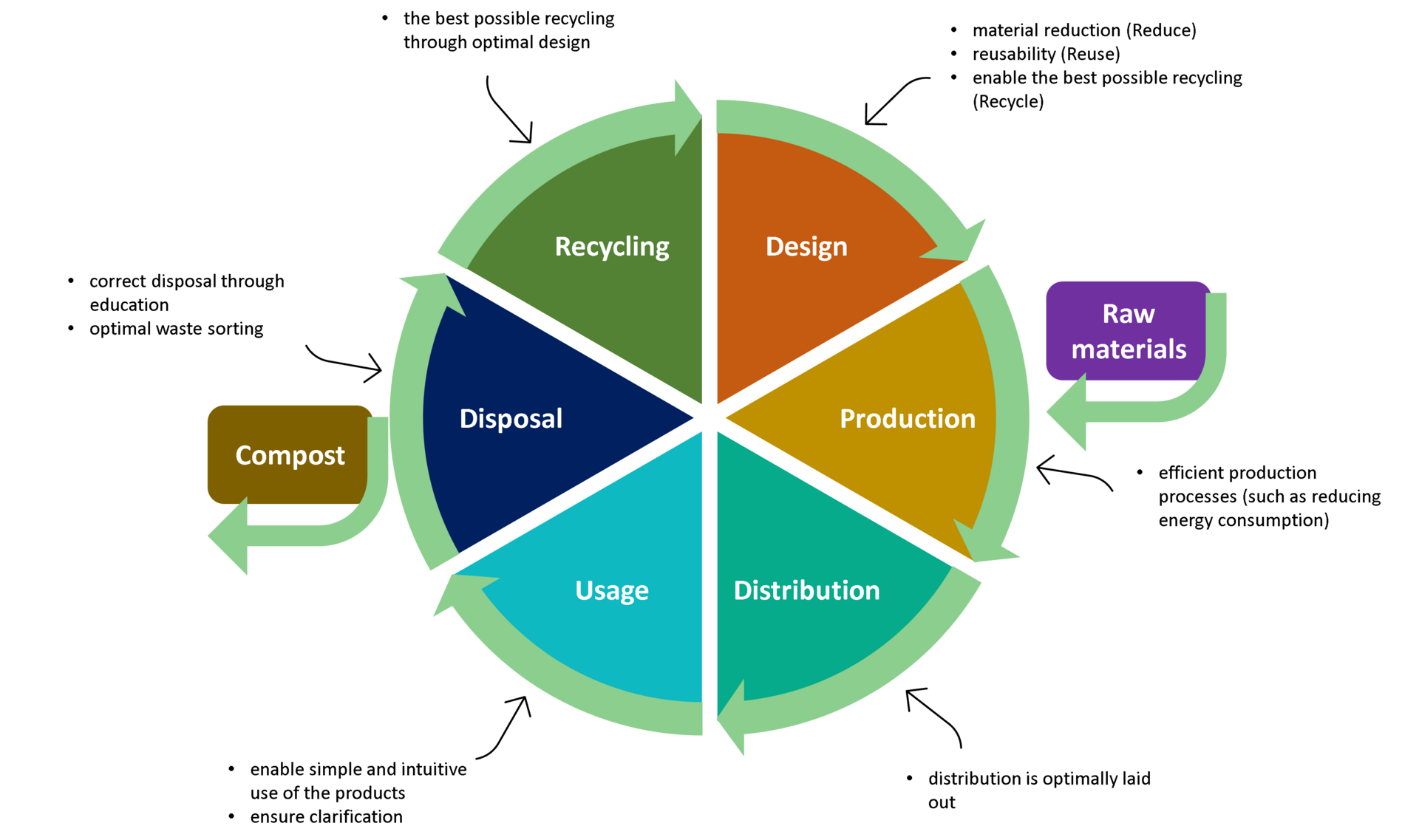
The diagram above serves as an overview of the creation of a product, over its life-cycle to its disposal with subsequent recycling. To be able to recycle a product at all, it must be designed accordingly at the beginning. It is also our goal to continually increase the share of recycled materials in our products so that the share of new raw materials is reduced and ultimately completely replaced at some point.
Waste sorting
Waste sorting made easy with QuickPack. Always the perfect solution for any type of waste. You will certainly make the right choice with our bin bags.
Please follow your local guidelines and ask about them if you are not sure.
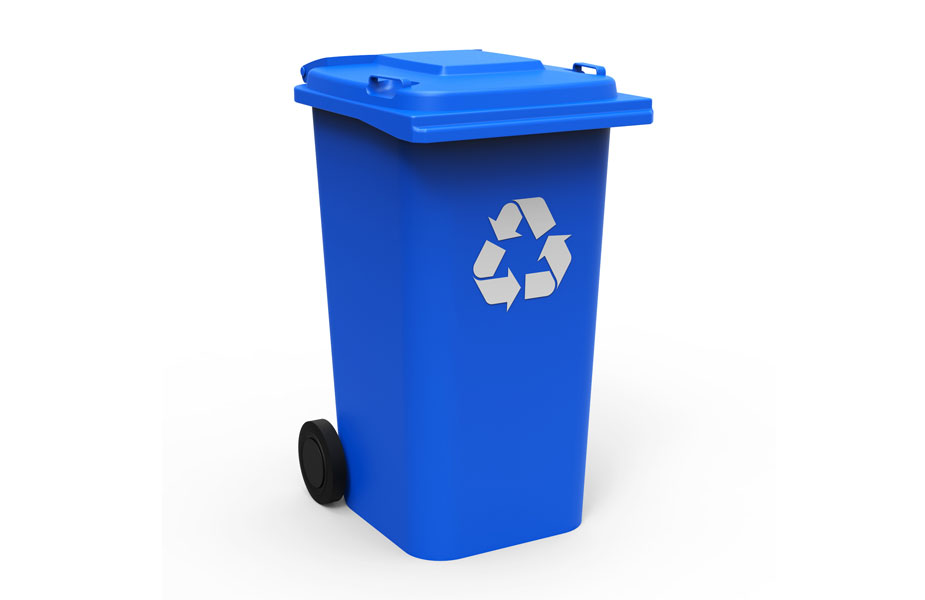
Paper bin
Paper and cardboard are collected in this for recycling. The recycling of used paper is an essential step in saving resources, because new paper products can be made of recycled paper pulp without having to fell a tree! By reusing recycled paper instead of fresh paper pulp, we can also spare more resources such as water and electricity.
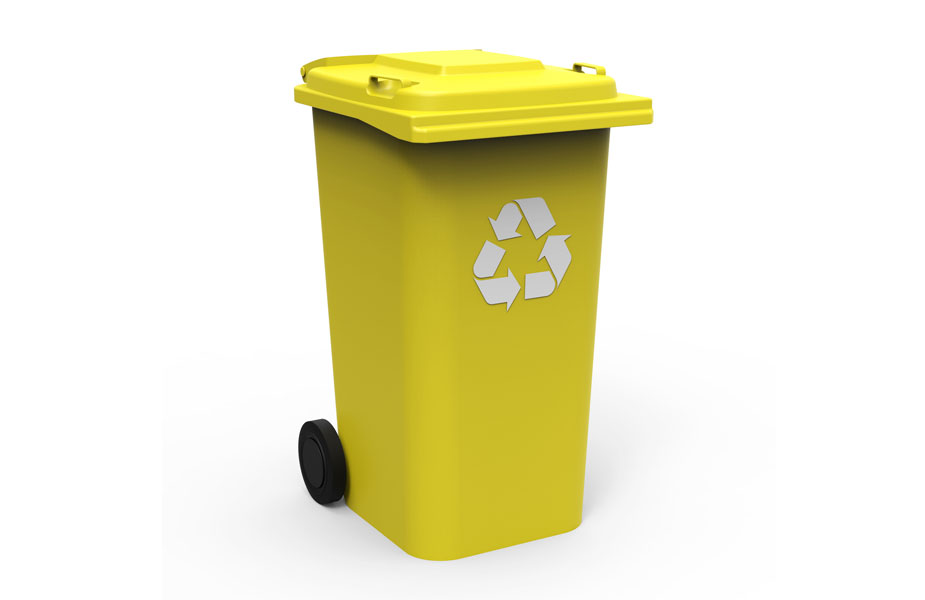
Yellow Bag/ Recyclable materials
These are to dispose of residue-free packages that are not made of paper, cardboard, pulp or glass. For you this will probably mostly be plastic packages and composites (such as empty beverage cartons). If packaging components are separable from each other, please sort them and dispose of them accordingly by type of material. You usually don't have to rinse the packaging.
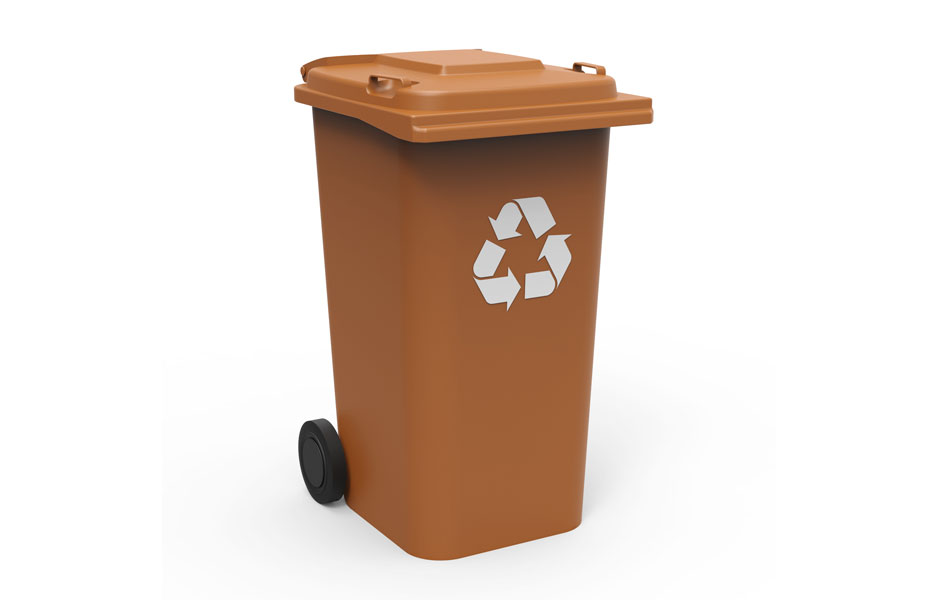
Organic waste bin
The bin with the most varied types of waste is the organic waste bin. Below we will show you only some of the numerous types of waste for the organic waste bin. Garden waste such as tree cuttings, flowers, plants and foliage can be disposed of in the organic waste bin. Eggshells, potted plants (without pots) including potting soil, left-over vegetables and vegetable waste, coffee filters including coffee grounds and fruit remainders can also be put into the organic waste bin. You'll notices, actually anything that was a plant at one time can land in the organic waste bin. If you are uncertain or want more information regarding correct waste sorting, please contact your local waste management company.
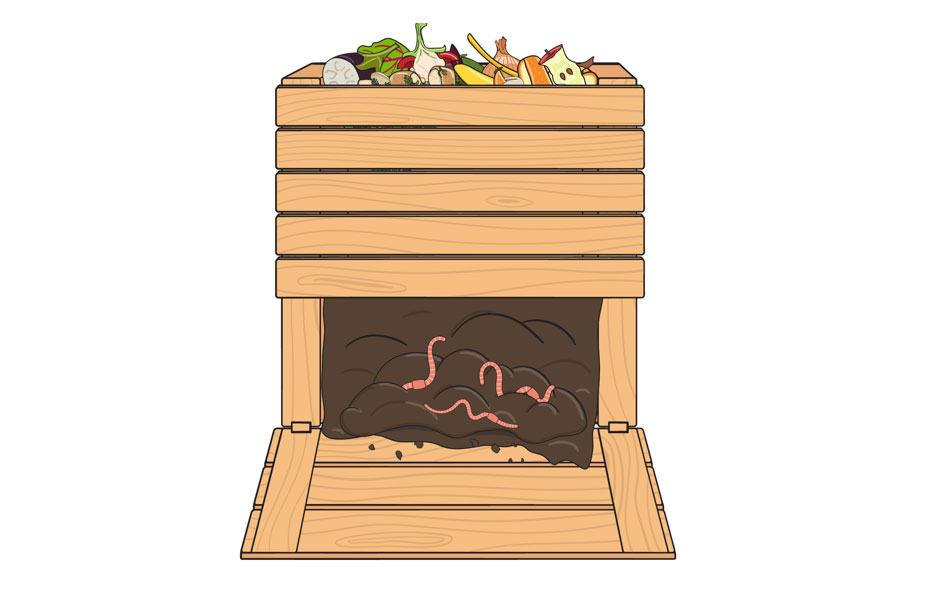
Home composting
Your own compost heap, a real treasure for your garden.
The decomposition and conversion of organic substances is a natural process involving a number of various micro-organisms. This process, the so-called composting process, can be used by humans to transform our organic waste into valuable compost.
- Why should I compost?
- Formation of humus (soil improvement)
- Nutrients are held in the cycle (fertilization)
- Soil fertility is improved
- Recycling your own organic waste
- Less residual waste/organic waste, resulting in cost reduction (emptying fees)
- What can I put into the compost?
- Nearly anything that contains carbon in a biodegradable form
- Grass cuttings, foliage, tree and hedge cuttings
- Vegetable kitchen waste such as residual vegetables and fruit, eggshells, coffee grounds including filter and much more
- How do I compost correctly?
- Create suitable living conditions for the micro-organisms (well ventilated and moist)
- The compositing process is a biological process depending mainly on the following factors: water, air, nutrients and heat
- What do you use compost for?
- Everything that grows in the garden can be provided with compost
- On green spaces, beds, pots and balcony boxes
- 100% natural product and natural fertilizer
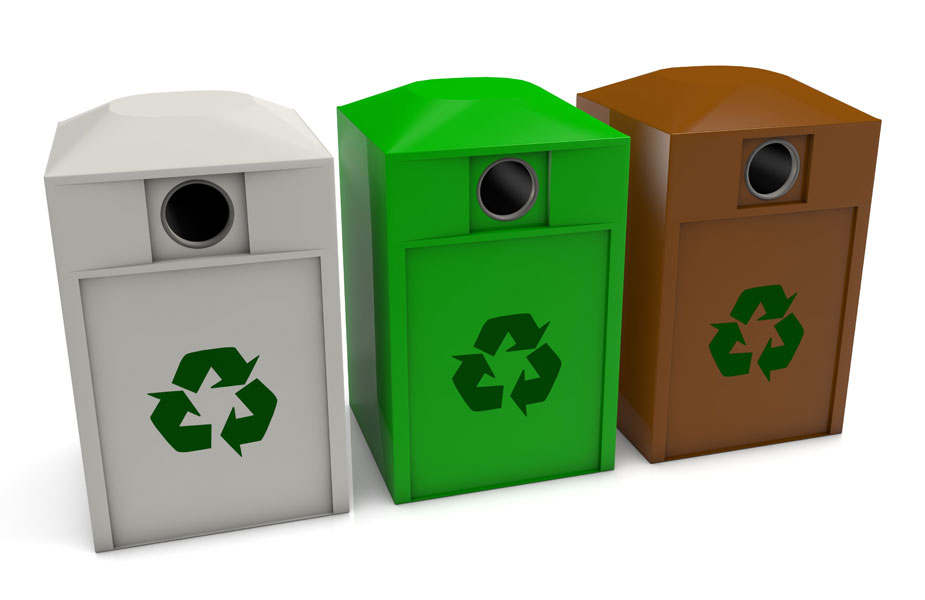
Glass bin/ Glass container
As it says in the name, only (empty) glass packaging can be disposed of here. Very important: truly only glass packaging (such as pickle jars) may be disposed of here. For example, glass drinking glasses may not be disposed of in the glass bin or container, but in the residual waste bin. Glass packages can be disposed of sorted by colour (white, green, brown) in the special glass containers often available in the car parks of supermarkets. Other colours of glass such as blue glass must be disposed of with green glass, because contamination of green glass with other coloured glass is the least problematic.

Residual waste bin
Everything not disposed of in the other bins belongs in the residual waste bin - namely, the rest. And it is very important that only residual waste be disposed of here. Why? Because in most cases, the residual waste is incinerated at the end! This creates thermal energy in the waste incineration plants, which can often be transformed into electricity and district heat. But valuable resources such as (noble) metals must be extracted from the products of incineration after thermal incineration. If, for example, the metal can goes directly into the right waste container (yellow bin/recycling bin) the recycling process an occur without unnecessary diversions and losses. Plastics, on the other hand, are permanently destroyed in the incineration plants and therefore should always be disposed of in the proper recycling bin.

